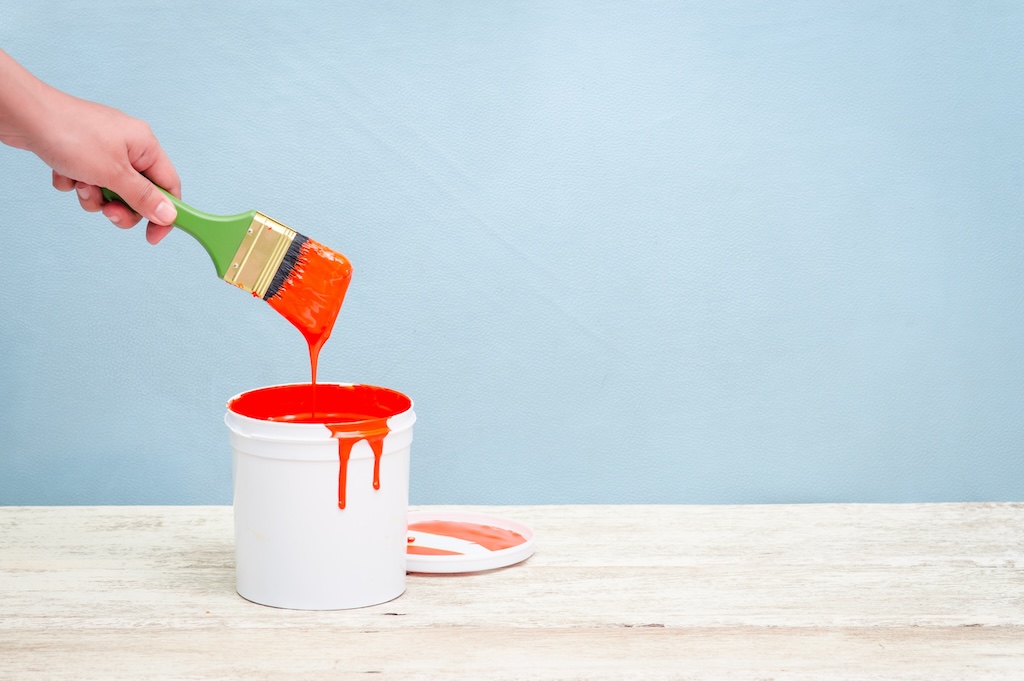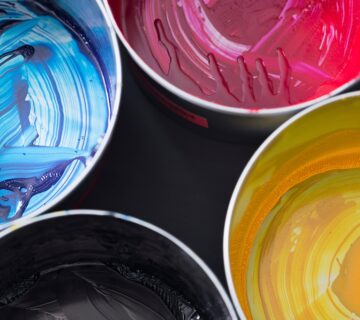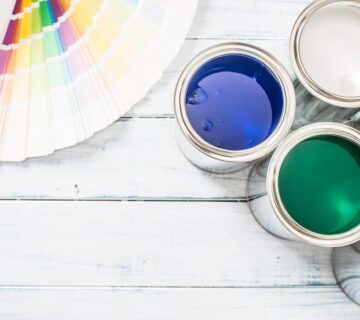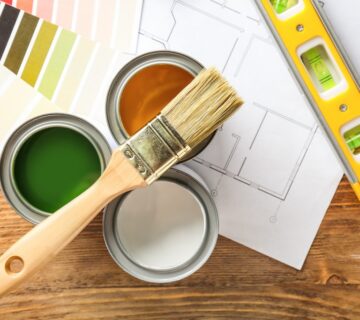The evolution of water-based house paints reflects innovation, environmental responsibility, and adaptation to consumer needs. From humble beginnings to a preferred choice for many homeowners, they signify broader societal shifts towards environmental health and safety. Consequently, they’re synonymous with eco-friendly home improvement projects, embodying a greener approach to painting. The widespread adoption of water-based paints demonstrates a growing commitment to sustainable living and responsible consumer choices, shaping the future of home improvement practices. Their development is not just a technical achievement but also a reflection of increasing global consciousness about the environmental impact of everyday products.
Early Beginnings
The genesis of water-based paints dates back to the early 20th century. Initially, these paints were not as popular as oil-based options due to their lower durability and less vibrant finishes. However, they were valued for their faster drying times and ease of use. The convenience they offered set the stage for further developments that would eventually improve their performance. Over time, these paints were progressively refined, gradually overcoming their early drawbacks and setting the foundation for future innovations.
Technological Advancements
In the mid-20th century, technological advancements triggered a transformative shift. Scientists developed new formulas enhancing water-based paints’ durability, color retention, and drying times, overcoming initial limitations and broadening their acceptance. This innovation propelled water-based paints to rival the quality of oil-based counterparts, instilling more confidence in their performance. Consequently, their widespread adoption across the market surged. This period marked a significant milestone in the paint industry, as water-based paints began to be seen as a viable alternative to traditional oil-based paints.
Environmental Considerations
In the latter part of the 20th century, environmental awareness played a crucial role in the evolution of water-based paints. As concerns about volatile organic compounds (VOCs) in oil-based paints grew, water-based paints became more appealing. They provided a greener option with reduced VOC emissions, enhancing environmental and human health safety. This transition addressed both planetary needs and the rising consumer preference for sustainable products. The shift towards water-based paints reflected a broader movement towards environmentally responsible manufacturing and product consumption.
Recent Developments
The 21st century has seen water-based paints dominate the market. Continued research and development have led to high-quality finishes that rival those of oil-based paints. Today, water-based paints offer exceptional durability, a vast array of colors, and are easier to clean up, making them a top choice for both DIY enthusiasts and professional painters. They represent the culmination of years of research, reflecting the needs of a society that values both aesthetic and ecological considerations. As technology advances, water-based paints continue to evolve, offering even better performance and environmental benefits.
The Future of Water-Based Paints
The future of water-based paints is bright, with ongoing research focusing on sustainability and performance. Innovations are continually being made to create paints that are even more environmentally friendly, durable, and versatile. The goal is not only to reduce the impact on the environment but also to enhance the user experience by making the paints more user-friendly. As the industry progresses, we can anticipate a new era of painting products that offer superior performance with minimal ecological footprints. The potential for further innovation is vast, promising to deliver even more advanced solutions that align with our environmental responsibilities and lifestyle demands.
Final Thoughts
The evolution of water-based house paints is a testament to human ingenuity and a response to the changing needs of society. From simple beginnings to sophisticated, eco-friendly solutions, these paints have revolutionized home decoration. Their ongoing development is a promising sign of our commitment to combining practicality with sustainability. As we move forward, we can expect even more innovations that will continue to shape the way we paint our homes, prioritizing both the health of our environment and the quality of our living spaces. This evolution not only benefits the planet but also enriches our living environments, making them safer and more enjoyable for all. To learn more about the latest trends in house painting and decoration, visit our website at sisupainting.com and explore our blog at sisupainting.com/blog.





No comment